Volume 9 Number 2
©The Author(s) 2007 The Baby Project
Abstract
This article discusses a project about babies undertaken by a class of children ranging in age from 2.9 years to 3.9 years old in a small Illinois town. Throughout this project, the children studied equipment and supplies needed to care for babies. They made dolls for the classroom, constructed a cradle, made observational drawings, created topic webs, and were able to care for a real baby. The article documents the children’s work through photographs, provides the teachers’ reflections, and lists the Illinois Early Learning Benchmarks that were met.
Background
Proto-Tykes Child Care Center provides high-quality educational programs for infants and toddlers, 6 weeks to 3 years of age, and preschool-age children, 3 to 5 years old, in mixed-age classrooms. Proto-Tykes Child Care Center was founded in 1989 by Ron Harshman, president of Agri-Fab, a local company, and his wife Sheila to provide on-site child care for the employees of Agri-Fab. Agri-Fab manufactures products for the lawn and garden and fabricates products for various industries. As enrollment grew, in 1992 the center also began serving the children and families of Hydro-Gear, another local company that manufactures hydrostatic drive systems for the lawn and garden industry. Our classroom (named Little Critters) is a small group of nine children ages 2.9 years to 3.9 years old.
Phase 1: Beginning Our Project on Babies
Tasha, my co-teacher, and I had been centering our classroom planning and activities around the children’s interests for some time, yet we had not attempted an actual project. In February 2007, we attended a Project Approach workshop conducted by Dr. Lilian Katz and Sallee Beneke. After the workshop, we both agreed that it was time to take the next step. We discussed many possible project topics, but after weeks of documentation based on observations, conversations, and questions from the children, we decided that the topic of babies would be a beneficial one for a class project. Not long after we returned from the workshop, the Baby Project emerged.
First Topic Web and Materials Collection (February 12, 2007)
We started by creating a topic web with the children. We explained to the children that by creating a web they would be showing what they knew about babies. The first web was fairly basic. Some of the words and concepts they knew were crib, milk, baby food, bottle, diaper, and blankets. After creating the web (Figures 1 & 2), we felt that the children could begin their investigations by exploring supplies needed to take care of babies. Darby supplied many of the materials for this project. The materials were readily available because she had a small child at home. We added things to the classroom supplies such as diapers, baby food jars, an aspirator, a high chair, baby spoons, a diaper bag, bibs, blankets, and a car seat. The children studied all of these items in great detail. They incorporated them into their dramatic play and learned the proper functions of each item (Figures 3 & 4).
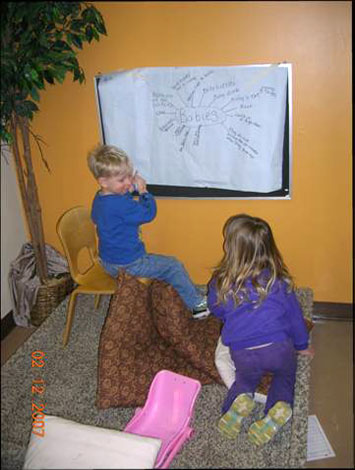
Figure 1. The children began the webbing process with Tasha. 
Figure 2. Ava and Mary worked together to create a web of their own. 
Figure 3. Delaney used the aspirator to give her baby medicine. 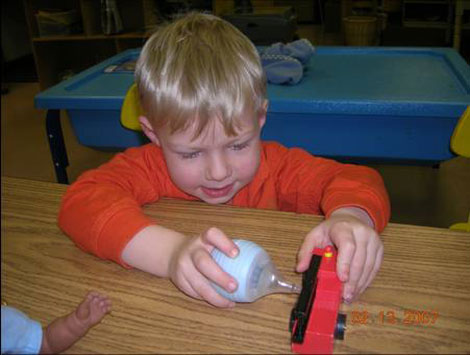
Figure 4. Logan used the aspirator to put gas into his fire truck.
Making Discoveries (February 13, 2007)
On this day, we brought in an aspirator for the children to explore. An aspirator is a device used to clear mucus out of a child's nose. When I asked the children what they thought it was, Delaney said, “It’s for medicine.” Blake believed that it was for the bathtub, and Logan used the aspirator to put “gas” in his fire truck. The children explored the aspirator for a few days before coming up with the proper use for the device. We did not give them the answer right away because we wanted to see what their ideas were for the object. After a few days of exploration, Mary began using the aspirator the correct way with her doll. This is when we discussed the use of the aspirator with Mary and the rest of the class.
When the high chair was brought in, Blake and Ava put their baby doll in the seat so they could feed the “baby.” They asked if they could use the real infant cereal. Ava filled a cup with water, and they took turns mixing the water into the cereal and exploring different consistencies. Blake took the sippy cup to the sink to fill with water for the baby (Figure 5).
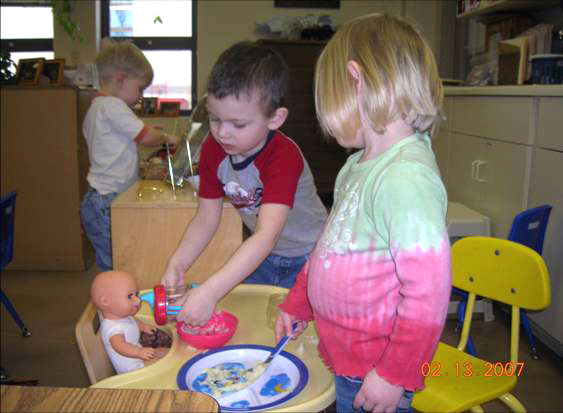
Figure 5. Blake and Ava took turns giving food and water to the baby doll.
Phase 2: Collecting Information
Car Seat Exploration (February 13, 2007)
Ava and Blake explored a car seat that was brought in by a center teacher. The children had to work together to lift the car seat. Blake and Ava wanted to learn how to strap the baby doll in. I showed them how to use the harness system to keep the baby safe. We discussed as a class why we use car seats and why it is important for babies to ride in the infant seats. The children also discussed the car seats that they have in their cars and how they look different in comparison to the infant seat (Figures 6 & 7).

Figure 6. Blake and Ava explored a car seat that was brought in by a teacher.
They had to work together to lift the seat. 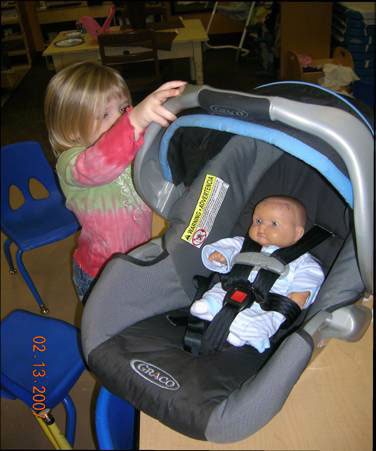
Figure 7. Ava strapped the baby in and covered her with the canopy.
Observational Drawing (February 13, 2007)
On the morning of February 13, the children expressed interest in drawing babies. We decided to place the baby doll on the table and do an observational drawing. This was the first time the children did this type of drawing. We had the baby doll at an angle where Blake could not see the baby’s eyes. He said, “I can’t see the eyes, Darby.” I explained to him that was okay and that he should just draw what he could see. Blake did not seem satisfied with my reply. He quickly stood up, picked the baby doll up, and placed it in front of his paper. A smile came across his face when he said, “I can see the baby’s eyes now” (Figure 8).

Figure 8. During the day, the children expressed interest in drawing babies. This was their first observational drawing.
Constructing the Cradle (began February 14, 2007)
When we had worked on the first web with the children, they seemed particularly interested in where babies slept. Mary asked the question, “Where are we going to put our babies?” and from there the cradle discussion began. The children soon began creating blueprints and plans to construct the cradle. Once the plans were complete, Mary asked for the supplies she needed to work on the project. Logan wanted a box, cheerios, string, markers, and scissors for this cradle project. Tasha aided Logan with this project. In the construction of the cradle, we were able to see many of the children’s strengths and interests. Mary and Blake were mainly focused on drawing and creating plans, while Logan’s main focus was constructing. As soon as the construction began and supplies had been gathered, Logan quickly took over as one of the leaders of the construction. He seemed to enjoy this aspect of the project (Figures 9 & 10).
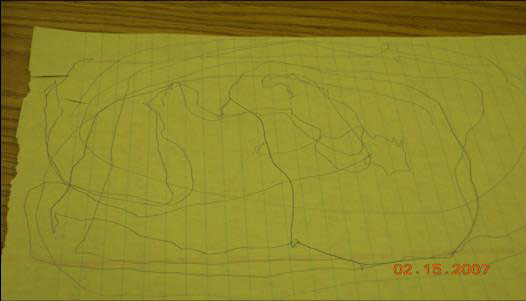
Figure 9. The children drew a blueprint of the cradle that they wanted to construct. 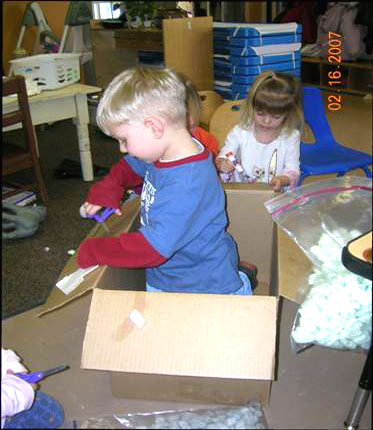
Figure 10. Logan was one of the leaders on the construction of the cradle.
Baby Doll Discussion (February 15, 2007)
We introduced real baby clothes into the classroom; however, the children soon realized that the clothes did not fit our small baby dolls. We sat down with the children and discussed ways that we could get new dolls that fit our baby clothes. Mary suggested that we needed to go to the bank and get some money to buy new dolls, but after thinking about it for a while, she came up with another plan. Mary said, “Darby, we need a machine.” “What kind of machine?” I asked. “A baby machine,” said Mary. The girls discussed how we could make babies out of fabric, and then we formulated a plan (Figures 11 & 12).
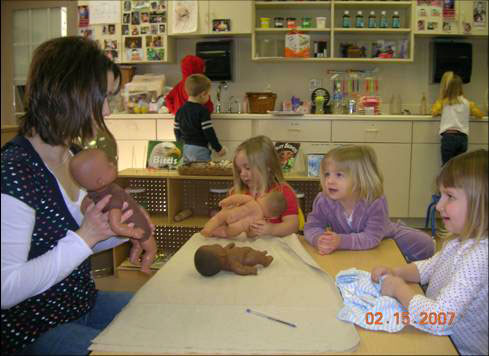
Figure 11. Olivia, Ava, and Mary discussed how they could make babies
out of the fabric.
Figure 12. The girls explored the fabric, and we formulated a plan.
Making the Dolls (February 16, 2007)
After it was decided that we needed a machine to make the new dolls, I brought in a sewing machine to begin the project. During the sewing experience, the children were very curious about the different speeds of the machine. They repeatedly asked me to make the sewing machine go faster. The children learned about the different parts of the sewing machine and learned new vocabulary words associated with sewing (Figures 13 & 14):
- Sewing machine
- Bobbin
- Thread
- Needle
- Fabric
- Pin cushion
- Foot pedal
- Straight pin
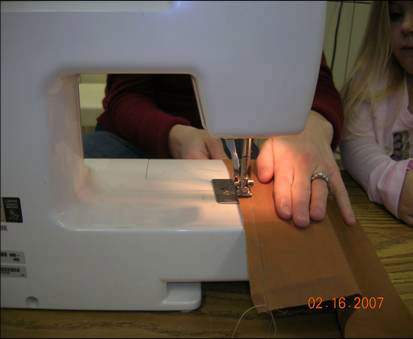
Figure 13. The children seemed particularly interested in the different speeds of the machine.

Figure 14. The class gathered around the sewing machine to watch the babies being made. They kept asking me to make the machine go faster.
Second Web (February 22, 2007)
After working on the topic for 10 days, we felt that it would be beneficial to develop a second topic web with the children to find out if their knowledge of babies had increased (Figure 15). The children showed exceptional growth in their knowledge of babies. Here is some of the baby-related vocabulary the children learned:
- Swing
- Baby wipes
- Diaper cream
- Baby soap
- Powder
- Lotion
- Pacifier
- Cereal
- Baby Food
- Crib
- Diaper bag
- Cradle
- Bib
- High chair
- Stroller
- Bottle
- Car seat
- Formula
- Aspirator

Figure 15. Jackson sat by the second topic web.
The second webbing experience demonstrated that there was a tremendous amount of growth in vocabulary and concepts learned. There was also more discussion and conversation among the children. They continuously went back to the web to ask questions and to show their work to others.
Exploring a Stroller (February 23, 2007)
On this day, the children were able to explore a real stroller. The children talked together about what features the stroller had. They worked as a team to push the stroller around the room. The children took turns putting their baby dolls in the car seat and wheeling them around. Because the group was small (nine children), each child was able to have his or her own doll. We discussed the number of wheels the stroller had and how the car seat can go in and out of the stroller. The children were particularly interested in the canopy; they wanted to shield their babies from the sun and rain (Figures 16-18).

Figure 16. Mary and Blake gathered around the stroller and discussed
what they saw. 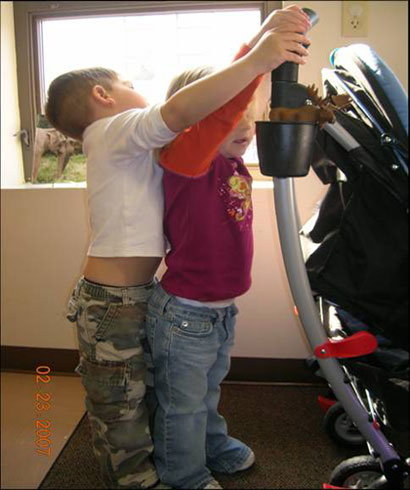
Figure 17. Jackson assisted Ava in pushing the stroller after he saw her having difficulty. 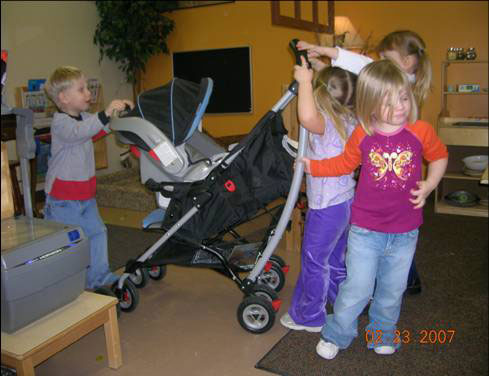
Figure 18. The children took turns putting their babies in the stroller and pushing it around the classroom.
Eye Color Chart (February 26, 2007)
After creating a second web with the children, we began discussing eye colors. We decided that this would be an opportune time to create a graph with the children. We started by having the children look at their eyes in a hand mirror and determine their eye color. The children then picked out either a blue, green, or brown sticker and placed it in the corresponding column. When they were finished with the class eye color chart, the children decided to interview the staff and create a staff eye color chart (Figures 19 & 20).
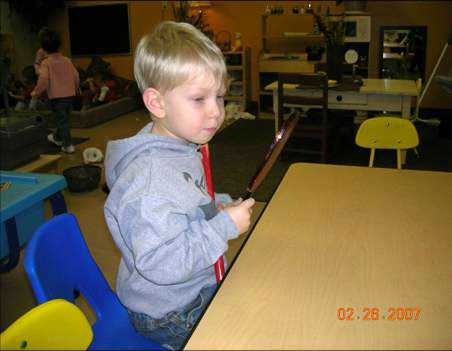
Figure 19. Logan looked at himself in the mirror to determine his eye color.
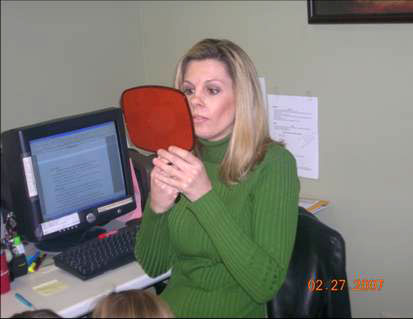
Figure 20. Soo, our assistant director, used the mirror to see her eye color.
Baby Food Sampling (February 26, 2007)
The class had been discussing baby food and what it was made of. We decided to open the jars of baby food and conduct a taste test. The children put the different types of baby food on their plates and tasted each kind. The children quickly decided that they preferred the dessert over the carrots or green beans (Figures 21-23).

Figure 21. We passed around jars of baby food for everyone to look at during the taste testing.
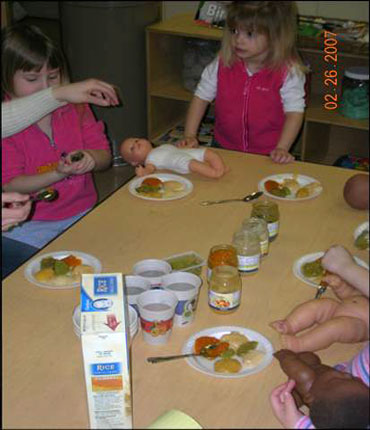
Figure 22. The children put the different types of baby food on their plates. 
Figure 23. Loren brought her baby to the table for the taste testing too.
Guest Speaker (March 2, 2007)
On this day, we had Fern Johnston come to our class for a visit. Fern provides child care in her home where she cares for two small children. In addition to her love for children, Fern also enjoys sewing. Fern brought her sewing machine and fabric with her and talked to the class about sewing and caring for young children. Fern's sewing machine was very different from Darby's machine. It was designed to put edges around fabric. It had four large spools of thread that were located on top of the machine, whereas Darby's machine held only one very small spool of thread. Both machines had foot pedals to control the stop-and-go motion and the speed. The children were able to ask questions and learn about the sewing machine. Fern also demonstrated how blankets are made. She made the children blankets for them to take home (Figures 24 & 25).
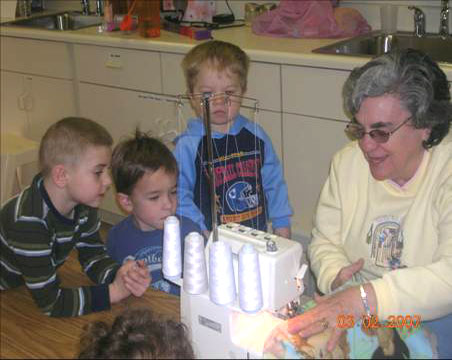
Figure 24. Fern Johnston told the class about her special sewing machine. 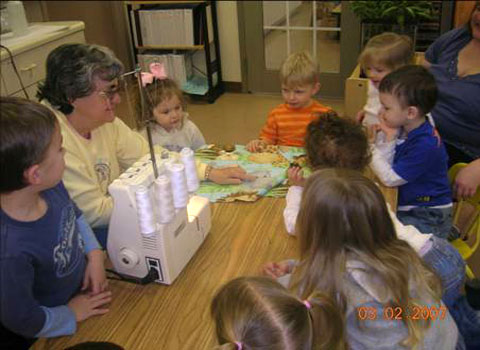
Figure 25. Fern used her sewing machine to put an edge around a blanket.
Phase 3: The Grand Finale
On March 5, 2007, since the children had worked so hard on the baby project and had learned so much about babies, we thought that it would be fitting for them to help care for a real baby. For the culminating event, the children were able to help care for 8-month-old Isabella for the morning (Figures 26-32). Isabella is Darby's daughter, and she attends Proto-Tykes Child Care Center too. All of the children in our class are very familiar with Isabella, and we felt that she would probably enjoy all of the special attention she would be getting from the children.
While caring for Isabella, the children were able to incorporate her into their daily activities. One of the most memorable experiences was when Mary was painting at the easel. She asked, "Can Bella paint with us?" We told Mary that would be fine. Mary then began dragging Isabella's high chair over to the easel. With help from a teacher, she helped get Isabella into the chair and then brought her brushes and a clipboard. After the painting experience, the children tried cleaning her off with baby wipes. It was apparent that she was going to need a bath as well. We asked the children, "Do you think Bella needs a bath?" The class all agreed that it was bath time. They all gathered around the sink and took turns cleaning off her arms and back. After the bath, Delaney, Olivia, and Mary helped put lotion and a diaper on Isabella. This seemed to be one of the children's favorite experiences. When parents arrived to pick up their children, the children began sharing the events from their day related to Isabella. Isabella's facial expressions and body language indicated that she was enjoying being with the older children.
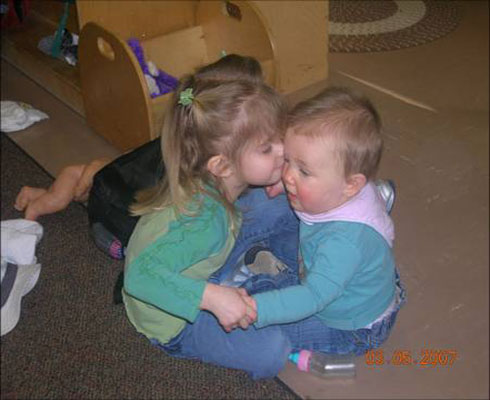
Figure 26. Delaney gave Isabella a quick kiss. 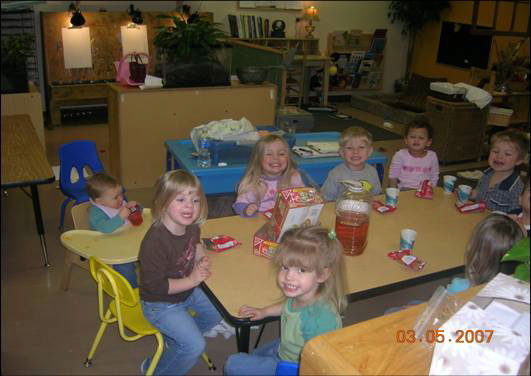
Figure 27. Isabella joined the table for a snack. 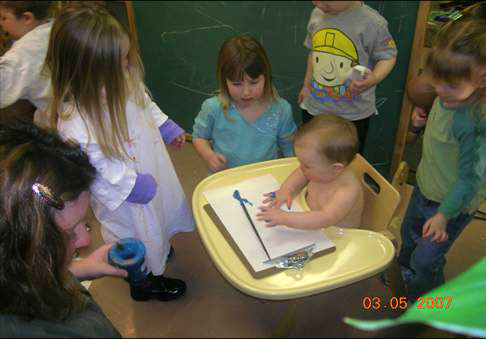
Figure 28. Mary and Olivia gave Isabella paint brushes and a clipboard. 
Figure 29. After painting, Isabella needed a bath. 
Figure 30. The children gathered around the sink while we gave Isabella a bath. 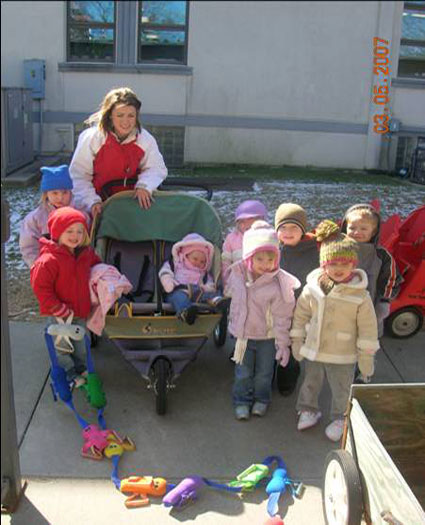
Figure 31. The class wanted to go for a walk with Isabella.
They helped get the stroller out and put her coat on. 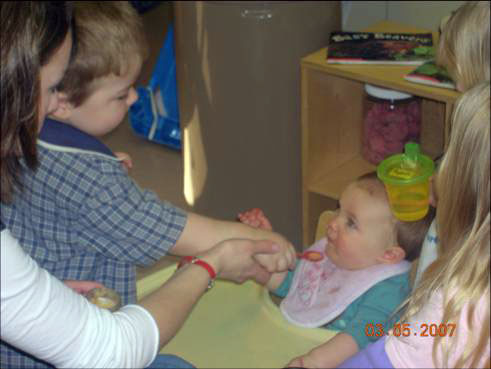
Figure 32. Blain fed Isabella a spoonful of macaroni and cheese at lunch time.
Throughout the baby project, I have grown to have a better understanding of each child's unique individual characteristics. Although this is our first classroom project, I feel that we have all gained a tremendous amount of knowledge. The children began working together to hypothesize and to use their ideas in their work. I personally have not only gained knowledge about the Project Approach, but I have learned to never underestimate children's knowledge and capabilities. These children have learned the value of creating a web and having class meetings to talk about our ideas. I feel that over the past few weeks we have been able to use each child's strengths to help our project grow.
Overall, this has been an unbelievably rewarding experience for me as a teacher. By guiding the children through this experience, and watching them gain knowledge and skills, it has helped me find new ways to facilitate my teaching. As time goes by, and we become more confident in guiding projects with young children, I feel that not only will the children grow as individuals, but we will grow as teachers.
Darby Harden
Through project work, I have learned to reflect on the children's interests and strengths. The children were my guide throughout this experience. They told me their thoughts and feelings about babies. I cherish the times we talked together in group meetings. Each time we talked was more valuable than the last. The classmates shared their findings about our study of babies.
Through this study, the children had many experiences. They gained knowledge and skills in sewing, making blueprints, experimenting, caring for babies, and showing empathy. I am so proud of the Little Critters.
Tasha Verdeyen
Conclusion
This project began on February 12, 2007, and was completed on March 5, 2007. We chose to conduct a project on babies because of the children’s strong interest in babies that was apparent through observations, conversations, and questions from the children. Since there had been continuous dramatic play and discussion about babies, it was obvious that this project could go in many different directions. By selecting the topic of babies, we expected that the children’s knowledge of themselves and their respect for others could be strengthened. Throughout this project, the children studied equipment and supplies needed to care for babies. They made new dolls for the classroom, constructed a cradle, made observational drawings, created webs, and were able to care for a real baby. By following the interests of the children and guiding them through this project, we were able to come together as a class. We also found that many of the Illinois Early Learning Benchmarks could be addressed through project work (see the appendix). This was the children’s first project, and by allowing them to use their ideas to be inventive and creative, it not only boosted their confidence but created a chance for each child’s strengths to be a beneficial part of our project.
Acknowledgments
We would like to thank our administrative team for all of their support and enthusiasm during our first project. We would also like to thank them for allowing us the opportunities to attend workshops and training sessions to keep the creative ideas flowing. Without support and confidence from our colleagues and administrators, we would be more hesitant about branching out and trying new things. We are looking forward to future projects and finding ways that we can use innovative ideas to enhance the quality of care for the children and bring out collaboration among families and staff.
Author Information
Tasha Verdeyen and Darby Harden are head teachers in a classroom for 3-year-olds at Proto-Tykes Child Care Center in Sullivan, Illinois.
Darby Harden
Tasha Verdeyen
Proto-Tykes Child Care Center
811 South Hamilton
Sullivan, IL 61951
Email: darbylynn19@hotmail.com
Appendix
Illinois Early Learning Benchmarks Addressed through This Project
Fine Arts
- 25.A.ECd: Visual Arts: Investigate the elements of visual arts.
- 25.A.ECb: Drama: Investigate the elements of drama.
- 25.B.EC: Describe or respond to their own creative work or the creative work of others.
- 26.B.EC: Use creative arts as an avenue of self-expression.
Social/Emotional Development
- 31.A.ECc: Exhibit persistence and creativity in seeking solutions to problems.
- 32.A.ECc: Show empathy and caring for others.
- 32.B.ECc: Respect the rights of self and others.
- 32.B.ECd: Develop relationships with children and adults.
- 32.B.ECb: Begin to share materials and experiences and take turns.
- 32.B.ECa: Engage in cooperative group play.
- 31.A.ECb: Exhibit eagerness and curiosity as a learner.
- 31.A.ECe: Use appropriate communication skills when expressing needs, wants and feelings.
- 31.A.ECa: Describe self by using several basic characteristics.
Mathematics
- 7.C.EC: Incorporate estimating and measuring activities into play.
- 7.B.EC: Show understanding and use of comparative words.
- 6.A.ECa: Use concepts that include number recognition, counting and one-to-one correspondence.
- 10.B.EC: Gather data about themselves and their surroundings.
- 10.A.ECb: Make predictions about what will happen next.
- 10.A.ECa: Represent data using concrete objects, pictures, and graphs.
Science
- 13.B.ECa: Express wonder and ask questions about their world.
- 12.C.EC: Make comparisons among objects that have been observed.
- 12.A.ECa: Investigate and categorize living things in the environment.
- 12.B.EC: Describe and compare basic needs of living things.
- 11.A.ECb: Collect, describe and record information.
Physical Development and Health
- 21.B.EC: Demonstrate ability to cooperate with others during group physical activity.
- 19.C.EC: Follow simple safety rules when participating in activities.
- 19.B.EC: Coordinate movements to perform complex tasks.
- 19.A.ECa: Engage in active play using gross motor skills.
- 22.A.EC: Participate in simple practices that promote healthy living and prevent illness.
- 23.A.EC: Identify body parts and their functions.
- 19.A.ECb: Engage in active play using fine motor skills.
Language Arts
- 5.C.EC: Communicate information with others.
- 5.A.EC: Seek answers to questions through active exploration.
- 5.B.EC: Relate prior knowledge to new information.
- 4.A.EC: Listen with understanding and respond to directions and conversations.
- 4.B.EC: Communicate needs, ideas, and thoughts.
- 3.C.EC: Use drawing and writing skills to convey meaning and information.
- 3.A.EC: Use scribbles, approximations of letters, or known numbers to represent written language.
- 2.B.EC: Show independent interest in reading-related activities.
- 1.A.ECd: Identify some letters, including those in own name.
- 1.A.ECa: Understand that pictures and symbols have meaning and that print carries a message.
Social Science
- 18.A.EC: Recognize similarities and differences in people.
- 18.B.EC: Understand that each of us belongs to a family and recognize that families vary.
- 16.A.EC: Recall information about the immediate past.

